From stage fright to social anxiety, a quiet revolution in mental wellness is unfolding—one prescription at a time.
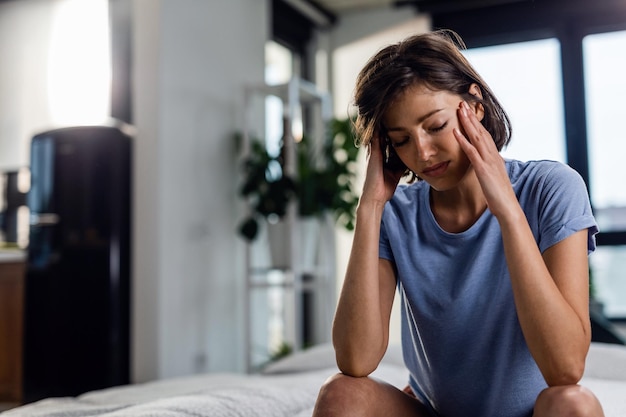
In recent years, a quiet but significant shift has taken place in how people—especially young women—are managing anxiety. No longer limited to therapy or SSRIs, many are turning to a decades-old beta-blocker called propranolol. Originally developed to treat high blood pressure and heart conditions, propranolol is gaining popularity for an off-label use: taming the physical symptoms of anxiety in high-pressure situations.
Influencers across social media platforms have dubbed it a "magic pill" for nervous jitters. Whether it’s before a job interview, a public speech, or even a first date, users report feeling calmer, steadier, and more in control—without the drowsiness or emotional numbness sometimes associated with traditional anti-anxiety medications.
Propranolol belongs to a class of drugs known as beta-blockers. Unlike medications that target the brain’s chemistry, such as benzodiazepines or antidepressants, propranolol works on the body’s physical response to stress. It blocks the effects of adrenaline, the hormone responsible for the "fight-or-flight" reaction.
When anxiety strikes, many people experience a racing heart, shaky hands, sweating, and a tight chest. Propranolol doesn’t eliminate the feeling of nervousness entirely, but it quiets the body’s overreaction. This can be especially helpful in performance-based scenarios where physical symptoms interfere with focus and confidence.
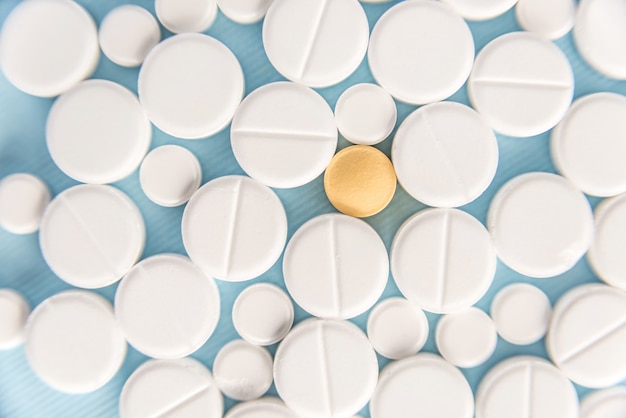
Recent data shows a notable increase in propranolol prescriptions, with a disproportionate rise among women under 35. Experts suggest several reasons for this trend. Social and professional pressures, combined with heightened awareness of mental health, have made young women more proactive about seeking solutions.
Additionally, many women report that traditional anxiety treatments don’t always align with their lifestyle or goals. Some find SSRIs too slow-acting or burdened with side effects like weight gain or reduced libido. Propranolol, taken only when needed, offers a sense of control and immediacy.
Online communities and social media platforms have amplified these experiences. Personal testimonials, often shared through short videos or blog posts, have normalized the use of propranolol for everyday stressors. The narrative is clear: this isn’t about avoiding challenges, but about showing up as your best self.
While not approved by regulatory agencies for generalized anxiety disorder, propranolol is frequently prescribed off-label for situational anxiety. Common uses include:
Because it’s taken on an as-needed basis—typically 30 to 60 minutes before an event—it avoids the daily commitment of other medications. This flexibility makes it appealing to those who don’t want to feel medicated all the time but still seek relief when it matters most.
Propranolol is generally considered safe when used as directed. However, it’s not suitable for everyone. People with asthma, low blood pressure, or certain heart conditions may be advised against using it. Common side effects include fatigue, dizziness, and cold hands or feet.
Because it’s a prescription medication, medical supervision is essential. Self-medicating or using it without professional guidance can lead to complications, especially when combined with other substances. Doctors typically evaluate a patient’s full medical history before prescribing.

The growing use of propranolol reflects a broader cultural shift. Mental wellness is no longer a one-size-fits-all journey. People are exploring diverse tools—from meditation and therapy to medication—to build resilience.
For many, propranolol isn’t a crutch but a bridge. It helps them navigate moments of intense pressure without being overwhelmed by their body’s instinctive reactions. This nuanced approach empowers individuals to engage more fully in life’s opportunities.
As prescriptions continue to rise, so does the need for open, informed conversations about medication use. While propranolol offers real benefits, it’s not a substitute for addressing underlying anxiety disorders. Therapy, lifestyle changes, and holistic strategies remain vital components of long-term mental health.
Still, for those seeking a practical, short-term solution to physical anxiety symptoms, propranolol represents a promising option—one that’s reshaping how a generation manages stress.
The conversation around anxiety is evolving. And for many, propranolol is becoming a trusted ally in the journey toward confidence and calm.

Health

Health

Health

Health

Health

Health
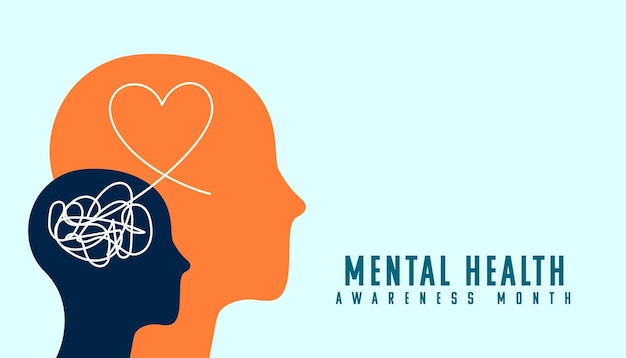
Health
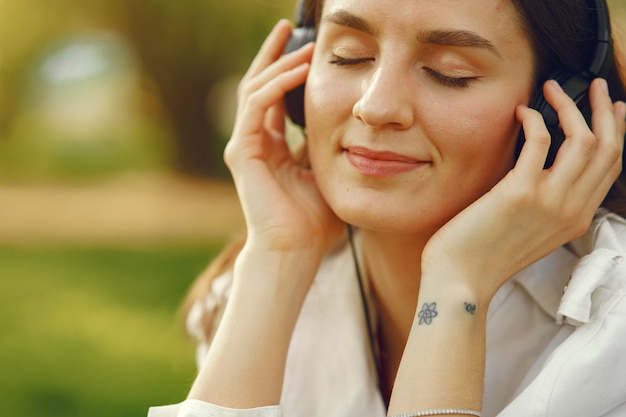
Health

Health
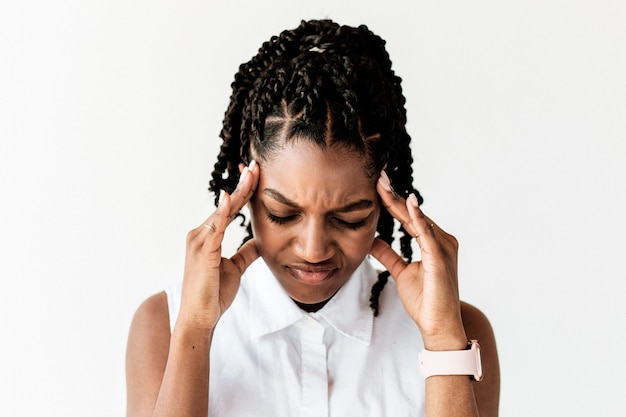
Health
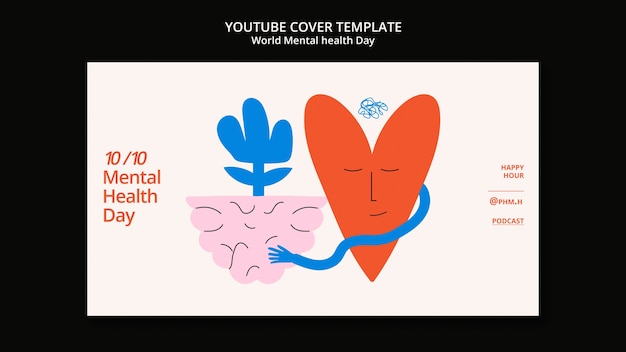
Health

Health

Health

Fitness

Health

Health